
We have been profiling efforts by various Zimbabwean parties in providing access to ICT. We caught up with the folks at World Links Zimbabwe who have setup Telecentres, provide hardware to schools and train educators to incorporate ICT into their pedagogy.
World Links is based at the Minstry of Education complex in Mt. Pleasant. The organisation was founded in 1998 by the World Bank but is now an independent self sustaining organisation and works closely with the Ministry of Education. Gudza’s vision is to transform the World Links headquarters into a fun and interaction place where school children can come and experience Maths and Science in an exciting way, similar to what the Sci Bono facility has done in Johannesburg, South Africa.
The organisation has setup 52 Telecentres in various locations throughout Zimbabwe in places such as Highfields and Dzivarasekwa in Harare and various urban centres including Chinhoyi, Mutare, Bulawayo, Hwange etc. By their own admission not all these Telecentres are still operational or fully operational but a significant number still are and some are flourishing. World Links could not however verify the specific number of Telecentres that are currently operational but they have offered to take us on a tour of the facilities here in Harare including their training programs at various schools, an offer we certainly intend on following up on. We spoke with World Links Director Eliada Gudza and this is what he had to say about their work:
At the moment are you simply providing hardware to schools?
We are trying to do more than that. We are trying to provide a full ICT offering that covers not just hardware but which covers hardware in a bigger way because there is always demand out there which is never satisfied. To put it in a historical perspective, when we started the World Links for development program it was really by invitation of the World Bank. At that time the World Bank had mobilised some resources to allow every country that was joining the program to receive some used computers and to see the distribution of those computers and to setup them up in what is called Dual Purpose Telecentres. These were places designated by the Ministry of Education in each province to house the computers with certain minimum requirements set in terms of security, electricity, telephony and so on and then the Ministry provided 2 teachers for each site to be the trained people to tech others both students, teachers and members of the community using a business model to meet recurrent costs. So they would operate like a business under a management committee, have their own bank account, constitution and registration. So we started of with 12, then 30 then 50 such centres countrywide. The program then matured and started to replicate itself with or without much of our control so we can’t really tell today just how many centres are operating but they are well over 50.
How are these centres maintained? Are they self sustaining?
Yes, they are self sustaining and I would say in the World Links program which started in 1998 and spread to about 12 countries in Africa and about 30 world wide, Zimbabwe is on record to be the only one where the World Links structure is still operative. Elsewhere it came and went, here we setup World Links Zimbabwe as a separate entity in partnership with the Ministry to this day
Why is Zimbabwe the exception? Why has the program succeeded here and not elsewhere?
I think I can take 2 extremes. In Zimbabwe for a long time I felt as World Links we were fulfilling a gap that not many players were interested in fulfilling simply because schools did not have the money to invest in ICT’s because the Ministry and the general populace tended to view ICT as a luxury something for privileged schools. Secondly historically mathematics and science where associated with computers so it was something associated with bright students and not something for everyone to go through the mill of ICT’s. So I think in terms of our achievement apart from the actual proliferation of hardware in schools, I think we succeeded in influencing a mindset that ICTs are for everyone. It is now clear that computers should not be seen as an object just for study but as a tool for teaching and learning and development. I see World Links as having played a part in that paradigm shift among the education fraternity and the community in general. In the other extreme for example World Links in India or China, I think the Telecentre model did not live for very long say in India because of the stiff competition in ICT and the rapid development that takes place there. There maybe other reasons but I think the competitive nature and the availability of all kind s of resources has rendered the Telecentre redundant.
How does the business model work?
The business model was based on each centre critically analysing its situation context, environment clientele business activity and deciding what works and what doesn’t. They worked on a plan and to start with they worked on a room and how was that to be secured and paid for. Fortunately in all cases the room was to be provided by the Ministry, in one case it was provided by the City Council so things like rent were not major cost drivers as this partnership brought in those things, then also the salaries of the teachers were met by the Ministry. So that also was a remote cost driver to the business and since each centre was in partnership with the Ministry during school hours it would serve teachers and students, call it on a non-fee paying basis, however in some cases perhaps in all cases there was a pay mechanism. So if a centre is serving like 5 schools within it’s locality of those 5 schools one would have contributed in setting up of the infrastructure then each school would contribute a certain figure per child per term so that they are able to send those children to and fro according to the timetable, so that generated income. Then outside school hours and during weekends the centres were empowered to run training courses and events that would generate income and this included training local professionals. I know of centres say training all the nurses in the local hospital or teachers and offering other courses like ICDL and charging for this. All this was run under a management committee comprised of local personnel from headmasters, the police force, churches, business community churches etc
What hardware would be in the Telecentre facility?
Today there are all kinds of hardware there because we are talking about something that has been running for over 10 years. Our initial input was 10 computers, a printer, a modem and some ended with maybe a fax machine as the basic hardware. We also networked these computers. They were responsible for providing the phone line , the burglar barring of the room and so on but over time some of them went on to buy additional material.
Was the additional equipment acquired from their own income generating activities?
Yes, except in few cases were we were able to assist a centre that was struggling or to reward a centre that was doing well. Other centres which we call the video learning centres we worked in partnership with Multichoice Zimbabwe and the Discovery Global Education Fund and we put in these centres a VCR, a TV, decoder and we introduced high quality video based lessons such as the ones you see on Discovery Channel or National Geographic Channel so they would they use these videos for teaching and learning. This equipment is still there in many centres, probably lying idle in some and in some no longer working, we may revive these centres because they went through all kinds of hardships during the difficult days because if you have DSTV in Mt. Darwin offering ‘unwanted information’ (news channels with political information) you would find it difficult to continue doing so.
Did these centres have the full bouquet of DSTV channels?
They started off with a full bouquet, for good and for bad. We also had the setup here (at the World Links HQ) because our idea was that we could record anything that we thought was valuable and within the IP rights make it accessible to these centres. The other thing about these videos, was that say you are watching a video on lions in the Serengeti you could put in the local language say a Shona or Ndebele voice over and make all those lessons available using our big blue van (mobile computer lab with video screening ability) and allow everyone to follow everything in their local language.
Are there any video learning centre still available?
There are there but as I said in cases equipment is no longer working and we also then scaled down from the full bouquet and narrowed it down to the educational channels and one or two news channels, that’s what we are now offering. So now we had 8 or so video learning centres country wide, at least 2 in Harare.
In terms of the Telecentres do you provide support for those centres?
In fact that’s what we were known for in the good old days. The way it worked was that the Ministry provided the teachers; initially call it donated 20 teachers we then sent these teachers for training. This consisted of level 1 which was ‘Introducing Internet for Teaching & Learning’. So we had several phases of training the first level was computer literacy because this tended to vary among the teachers so we had to standardise that. So we had several phases of training from phase 1 to phase 4. Unfortunately we trained them so well that many of them became so marketable that over the years many of them moved to greater levels, some are now lecturers in Universities and some have gone abroad. I would say to this day we probably don’t have any teacher now in World Links program from that first group.
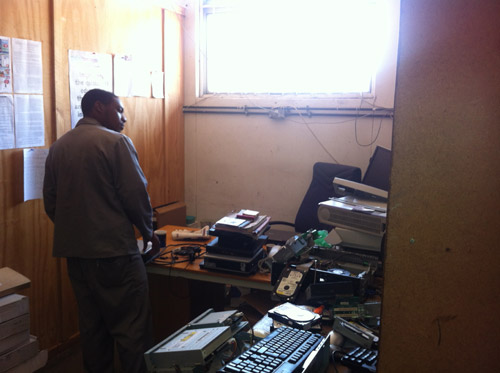
Are you still funded by the World Bank?
The funded program ended in 2004. We were funded for 6 years from 1998 to 2004 and now we have moved to this self sustaining model whereas before we were receiving money to do all the nice things and now we had to raise our own money to do all these things. So our training currently is not very strong though we have started to do more work with the Ministry. We have established a training centre here with a partner. The facility has 40 computers were we can offer training to teachers during the holidays. We also offer training on site locally at the schools, we have lots of invitations to go and do that. But gone are the days when you can bring people into a hotel. We used to bring people for 1 week, 5 days, 40 hours and train them through these phased programs. But today’s economy does not allow that, so we are now using/trying to use something we piloted in e-Learning were teachers are trained where they are and then met very briefly for some orientations. That’s our big piece, if things were working well we would be spending less time doing hardware and spend more time training people because that’s always the most difficult and important part of any ICT intervention.
So since 2004 have you been operating on this self-sustaining model?
Yes and No. The World Bank, World Links funding ended around that time, we were fortunate to get a 2 year project funded by the Kellogg Foundation that took us through 2006, 2007 and concluded around 2008. During that period much of our work on that project was related to virtual reality and agriculture and we were able to survive. But from 2008 to 2009/2010 that’s when we began to really depend on income that we generated from things like provision of hardware. Before the Ministry was not very receptive for us selling computers to schools because they saw us as a donor. We were targeting the disadvantaged and giving them, and those who can afford can do it themselves, but again there was mindshift which was commendable and over time and you cannot always give people we don’t want to create donor dependency syndrome. And we went on to prove that people were far more excited when they were paying than when they were just coming to collect what we had given them. They was far much more excitement and even the usage and the looking after the equipment is far greater when people have paid than when they are donated. Before we could spend 3 months with a school’s computers after we had called them to come and collect. They would eventually come and pick them up and they would immediately put them in a store room!
How much do you charge the schools for the equipment?
We have a partner/organisation called Computers for Zimbabwean Schools. This partner helps by bringing low cost used equipment from the UK with support from Beit Trust in terms of shipping costs. We are in our second year of doing this and we charge $150 for a complete PC. It started of with Pentium III and Pentium IV, now it’s strictly Pentium IV. Also we started off with a mix of flat screens and CRTs, now it’s all flat screens and the prices have been pushed up to $180 because of the flat screens and now no body wants the CRTs. So as an interim measure this has helped many many schools that would never have dreamt of having 10, 15, 20, 40, 60 sometimes as many as a 100 computers to actually have these. But it’s obviously an interim measure because everyone now wants a brand new PC for whatever reason. Nearly everyone wants a top of the range PC on their desk. We are now working on plans to satisfy all those kinds of needs. We want to offer the customer what they want, if you want a brand new laptop ‘Here it is’, if you want a brand new PC ‘Here it is’ and if you want a refurbished PC ‘Here it is’. Client satisfaction is paramount.
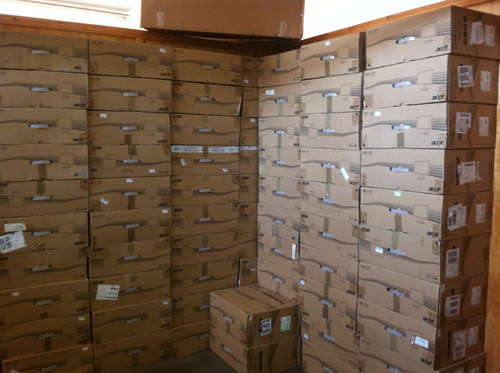
Who drives demand for your products, parents, children, administrators and education professionals?
Let me start by saying from my own observation the Ministry is now well, well on board in this matter. The Ministry is now making policy demands and raising certain expectations amongst schools in terms of where they must be in terms of ICT which it was not doing before. Before as I said they were seeing it as a luxury, they were worried about books and they still should be worried about books, but their worry was there and imagine the number of schools that did not have electricity. Some schools have been in the forefront. I remember Prince Edward technologically was far advanced even than the Ministry of Education head office. So in instances the demand has certainly been from schools and possibly from people who have had the exposure, parents who have had the exposure, them seeing children who have had exposure to ICT’s and how that impacts on their employability. But today, now the Ministry is taking the lead. There is still a long way to go. Here, in this whole building (at the Ministry of Education premises in Mt. Pleasant) this is the only Internet connection that is working. Everyone else is using a dongle or there is no network. There are no computers in every office. So we are still some way back for an educational technology centre.
At most of the Telecentres do you have Internet access?
Many do but through dongles. But a few now have proper fixed or wireless or VSAT kind of connectivity. Previously they all had using dialup and one of then still has that but not sure if it’s straight dialup or ADSL. That’s one of the challenges we are having data gathering (about the levels and types of connectivity), you have in different centres. Some centres say in Hwange or Tsholotsho, if you can’t reach them by phone then you are really stuck and if they don’t have Internet that’s even worse.
Content, what do you provide?
THRASS (Teaching Handwriting Reading and Spelling Skills) has actually been our real successful training program or rather intervention in terms of methodology in schools, mainly focusing on primary schools or young learners. We have not done enough or even much should I say in the high school domain at the moment in terms of THRASS. We introduced THRASS in 2007 with very few schools as a method of teaching phonics but much more than that as a way of introducing active teaching, so rather than a teacher seating around in a chair and asking children this or standing in front of them they are enjoying they are moving and so are the children and they are singing and dancing and all that stuff, though it’s about phonics and articulating English in the correct way the methodology can be used in teaching other subjects. So we train teachers and give them accredited certificates when teaching THRASS because in future we see a situation where nobody will be allowed to teach in English if you do not hold a THRASS certificate. It’s already the case in South Africa say from Wits University if you do not hold a THRASS certificate you cannot graduate as a teacher if you have not passed THRASS training which is done over a total of 4 days and in blocks. So this is our major intervention, it has content, is software based, book based, CD based, Music based and it helps to integrate ICT with teaching and learning.
We want to see a teacher teaching history, geography, environmental science or any other subject using a THRASS approach to help children spell the words correctly and to know what each term means. So it permeates across the curriculum because where ever you are using English you want the children to understand the words and the spelling and the articulation.
Whate are the major benefits of THRASS?
It’s about equipping children to use their understanding of the structure in terms of the phonics of the English language for life long learning. What I have noticed is that, in fact I’m reading a Masters thesis by a student at the University of Zimbabwe about how the vowel system in Shona influences how we speak English as L2 speakers given that there are 5 vowel sounds in Shona against 44 in English it then means that when children try to spell, they are actually spelling using a Shona vowel system. Once you give children a correct understanding they will know, they will have a better command, to speak better. So if you take a child that has learnt at Chemhondoro or Binga or deep down in Muzarabani they will only speak English as well their teachers spoke. So bring them to an interview so even if they have straight A’s so bring them into an interview against a child who was taught better say from Convent they will be outplayed because they cannot express themselves. The teachers are also learning and they are also saying WOW!
In how many schools is this program running?
It’s an ever growing number. I’d say we are in over a hundred schools and a significant number of schools are in the Manicaland area in Nyanga because there is a funder who has been funding this program, right up to the border with Mozambique, but in the rest of the country it’s demand driven. The levels of implementation at schools also differs. Others will choose to implement from ECD to grade 3 others to grade 5 and others all the way to grade 7, like Eaglesvale and they have a whole range of resources they use for it with the full range of audio and video tools used for it. Initially the Ministry had said lets pilot this in 100 schools but that needed money that they didn’t raise.
How well are the disadvantaged schools implementing THRASS given that comparatively they need it more, than the better of schools?
Yes they need it more. The Nyanga schools I think are a typical example. One can go onto YouTube and see some of the videos of whats happening there in terms of THRASS. The challenge for those schools is affordability. Can they afford? If there is nobody coming in with funding that’s where they suffer most.
In terms of training teachers how many/ how well is that going?
We have trained certainly well over a thousand teachers. For every school that implements we either train all the teachers or we train representative teachers who then go and train and service the others. The thing is every teacher wants to have a certificate as it’s an accredited certificate, so in the end every teacher needs to be trained and unless we get to the teachers we cannot get to the children. We need to mainstream this into the teachers colleges and so far we have introduced it to Morgan Zintec and Marymount Teachers colleges but still there are some delays in adopting and implanting. They see the value but they can’t move
Conclusion
As I left the World Links, Gudza informed me that the two store rooms of PC’s (pictured above) that I had witnessed would be empty by the next day and they were ready to pick up a new container with 500 units, it left me with an interesting thought that the current generation of school children, at least those fortunate to be touched by this program would be fundamentally different from those of my generation whose first real encounter with a PC was in college. Maybe it’s this generation that has a real shot of building a ‘Silicon Valley’ in Zimbabwe.
Image Credit: Techzim (please note that we used the old World Links logo we shall update the new one)


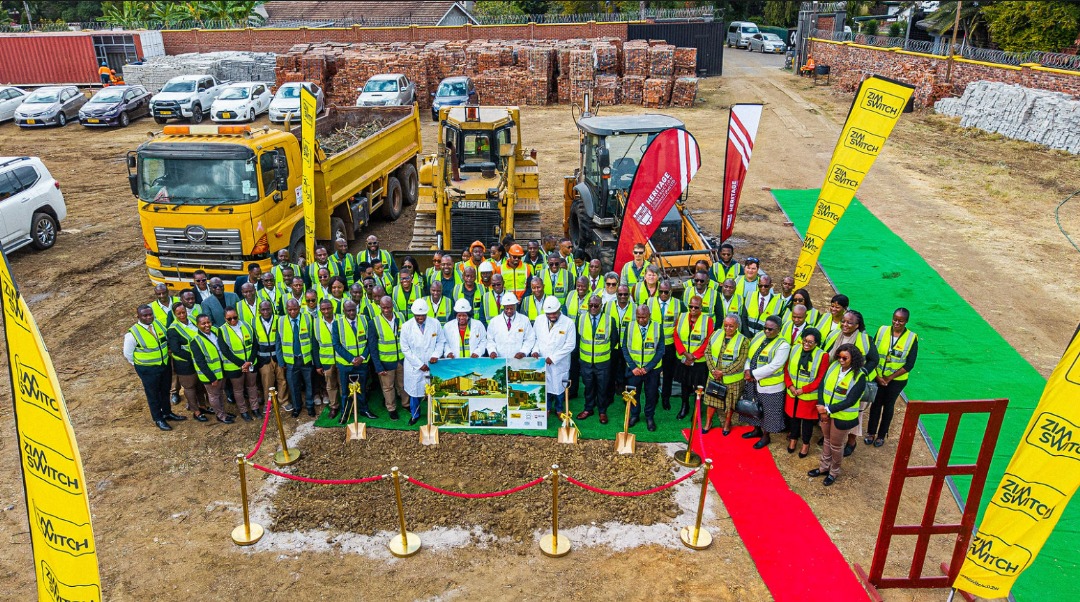

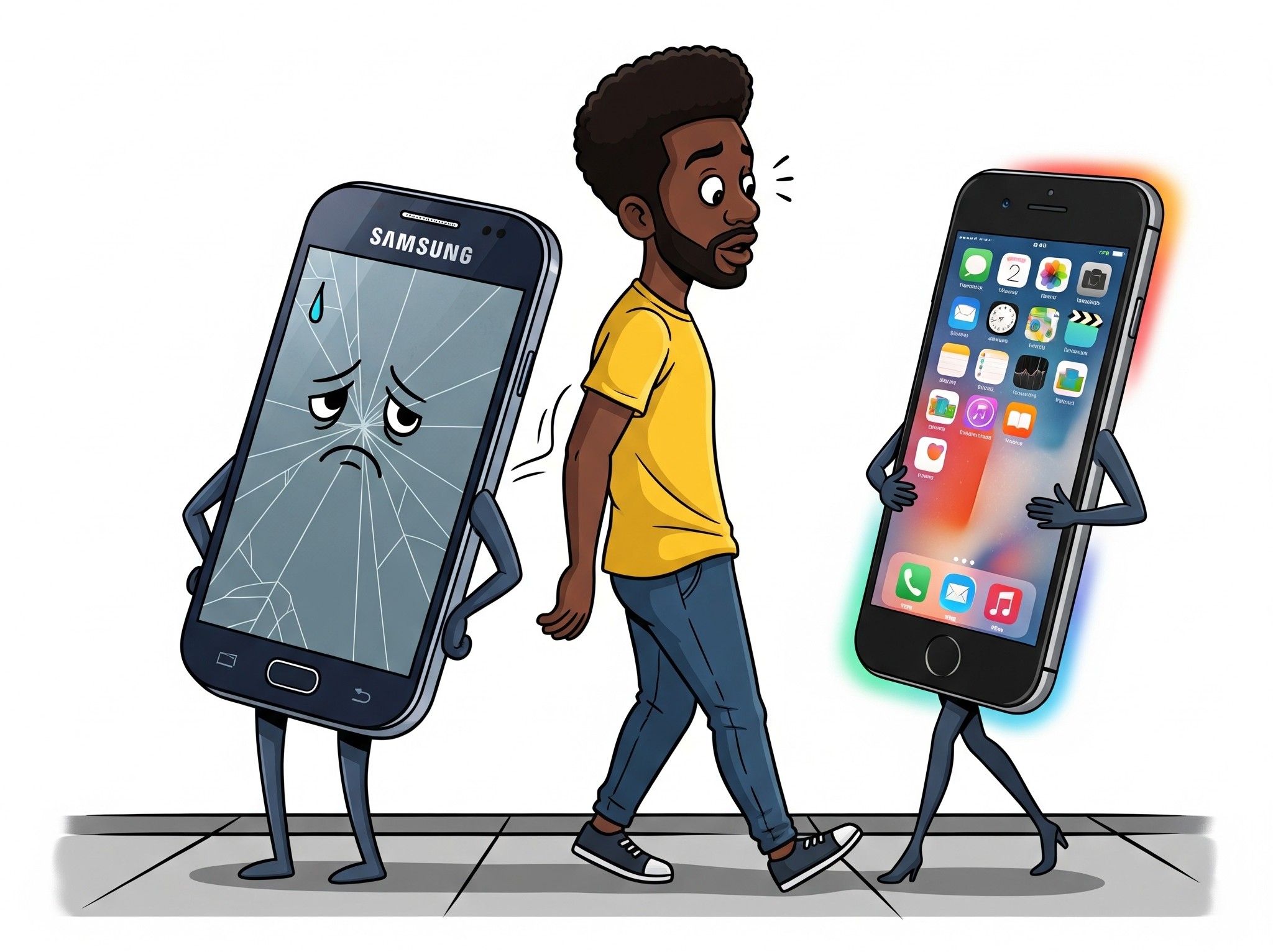

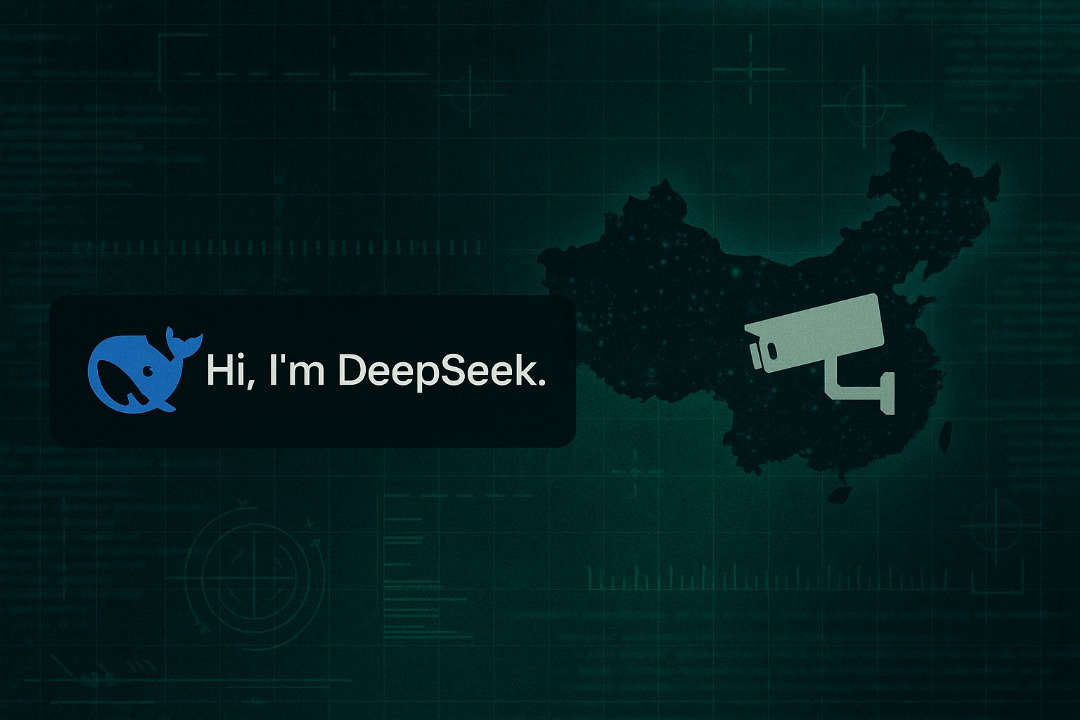
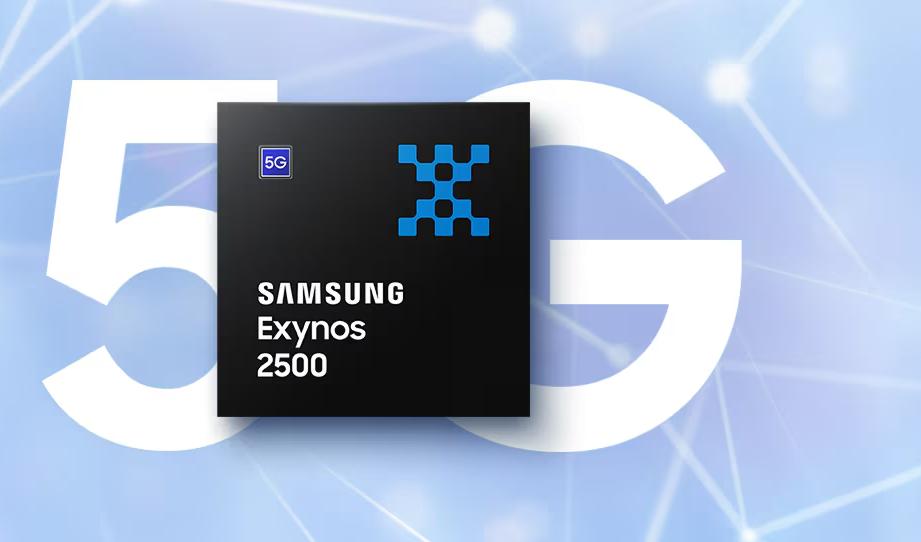

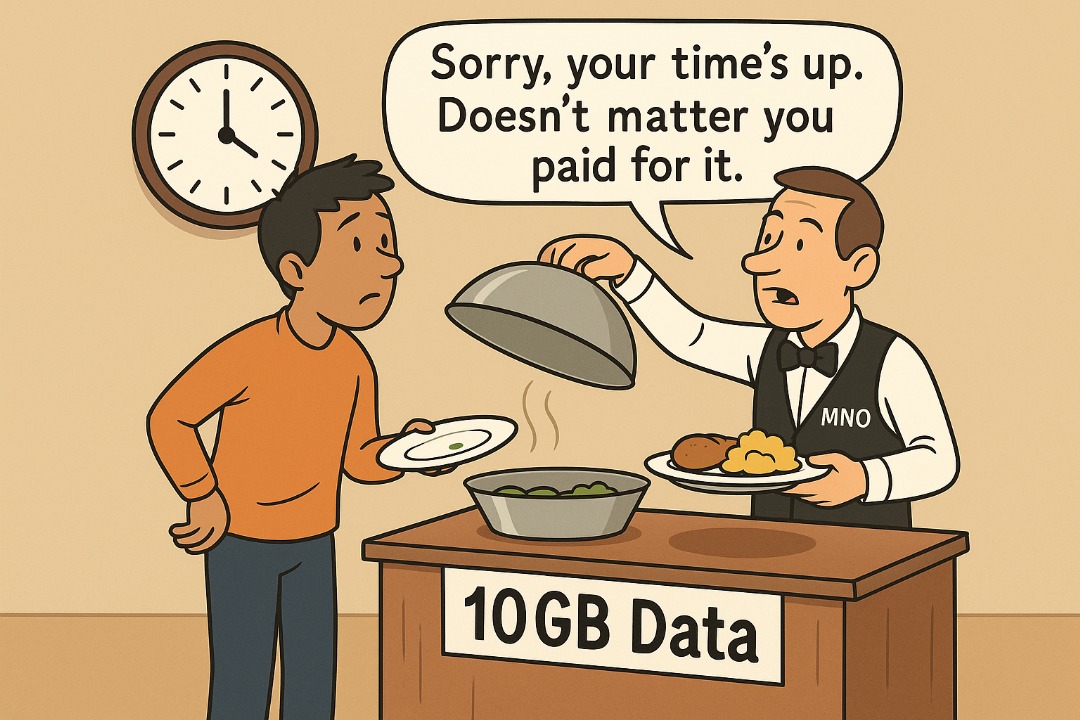


Comments
6 responses
interesting and good reading – keep it up! Have assisted on a couple of Telecentre installations myself (not WorldLink connected) and it is a great concept
Yu are doing great work Mr Gudza, keep it up. This could have died with the drying of donor funds like other countries but you have evolved
Great work World Links. We pray to our almighty God through his son Jesus Christ that your work and efforts are recorded and that you can achieve the heights of national impact reaching every single learner in primary and secondary with ICT. Thanks to the vision and insight of our great teacher and President Robert Mugabe, we are seeing the fruits of his initiative. The dynamic nature of our Youthful CT Minister Nelson Chamisa has shown that if we focus on people’s needs, we can cut across our differences to make a real difference. We, fellow Zimbabweans will play our part to ensure a globally recognisable success in the programmes you have pioneered and indeed change the fortunes of our kith and kin for better, forever.
mr gudza im looking for you number , I need a laptop can u revert to me soonest possible, saw laps at morgan zintec
my no is 0772688834
Great Work. Will go a long way